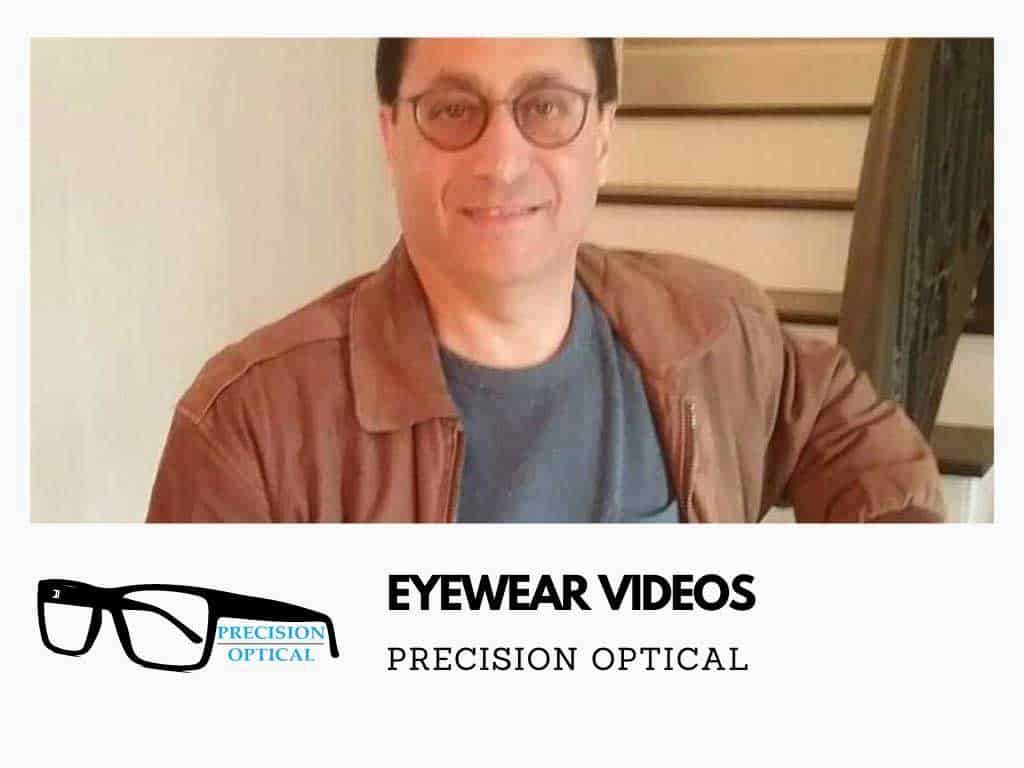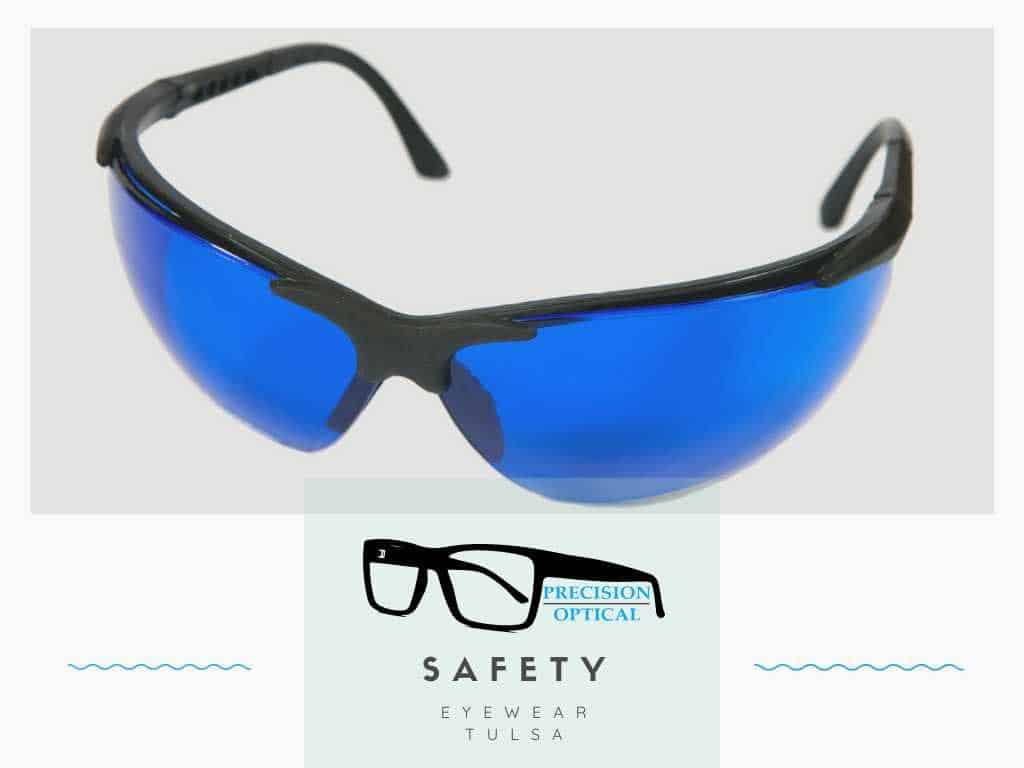Nearsightedness topics we cover in this post:
Thirty percent of people in the United States feel the effects of Myopia, or, as it’s better known, nearsightedness. While people of various ages might have astigmatism (nearsightedness), it’s often found in children. As time goes on, the condition only worsens due to the eye development, especially during the teen years. In adulthood, the problem often becomes stable. What causes nearsightedness, though?
What Causes Nearsightedness?
Nearsightedness occurs when light doesn’t focus on the retina. Instead, with Myopia, the light rays focus in front of your retina. With that said, there is no known exact cause of nearsightedness, but researchers generally agree that there are two main factors to consider.
- Parents – The offspring of someone who has Myopia are more likely to develop it than children whose parents aren’t nearsighted.
- Working with Up-Close Objects – People who work with objects constantly up close to them, such as doing work with a computer, for example, can potentially develop nearsightedness
Nearsighted at Night?
If you find distant objects seem blurred when it’s dark, you might have what’s known as “night myopia.” This does not mean you have Myopia proper, but instead, your eyes lack the light they need for focusing on objects in the distance.
False Myopia
Do you work a job that requires you to focus on near objects for long periods? Afterward, do you find it difficult to focus on things in the distance? If so, then you have “false myopia.” The good news is that your vision will be fine after you let your eyes rest. However, you might want to stop by a Tulsa optometrist anyway, since it could be a sign of cataracts.
High Myopia
High Myopia is a severe condition that results in worse distant vision than Myopia does typically. This dangerous form of nearsightedness increases your chances for early-onset cataracts, can cause the retina to become detached from the supportive tissue, or can even cause glaucoma.
How to Diagnose Nearsightedness
After performing an eye exam, Tulsa eye care professionals can make a diagnosis of whether someone has Myopia or not. The different parts of a comprehensive eye exam include:
- Standard vision testing where the patient reads a LogMAR chart to test their visual acuity.
- Shining a light into the patient’s eyes using a retinoscope to determine if the issue is farsightedness or nearsightedness.
- Using a refractor to conclude the kind of prescription lenses needed for the patient.
- Using dilating eye drops so the optometrist can see the back of the eye with an ophthalmoscope.
After that, you will be informed about your treatment options.
Myopia Treatments
Fortunately, there are a variety of treatment options available for people with myopia. Some prefer to go for prescription glasses or contact lenses to correct their vision. Others prefer laser eye surgery. You will want to consult your Tulsa eye doctor before you make a decision.
After visiting a Tulsa eye doctor about Myopia, stop by a Tulsa glasses frame store to find frames for your new prescription glasses.




